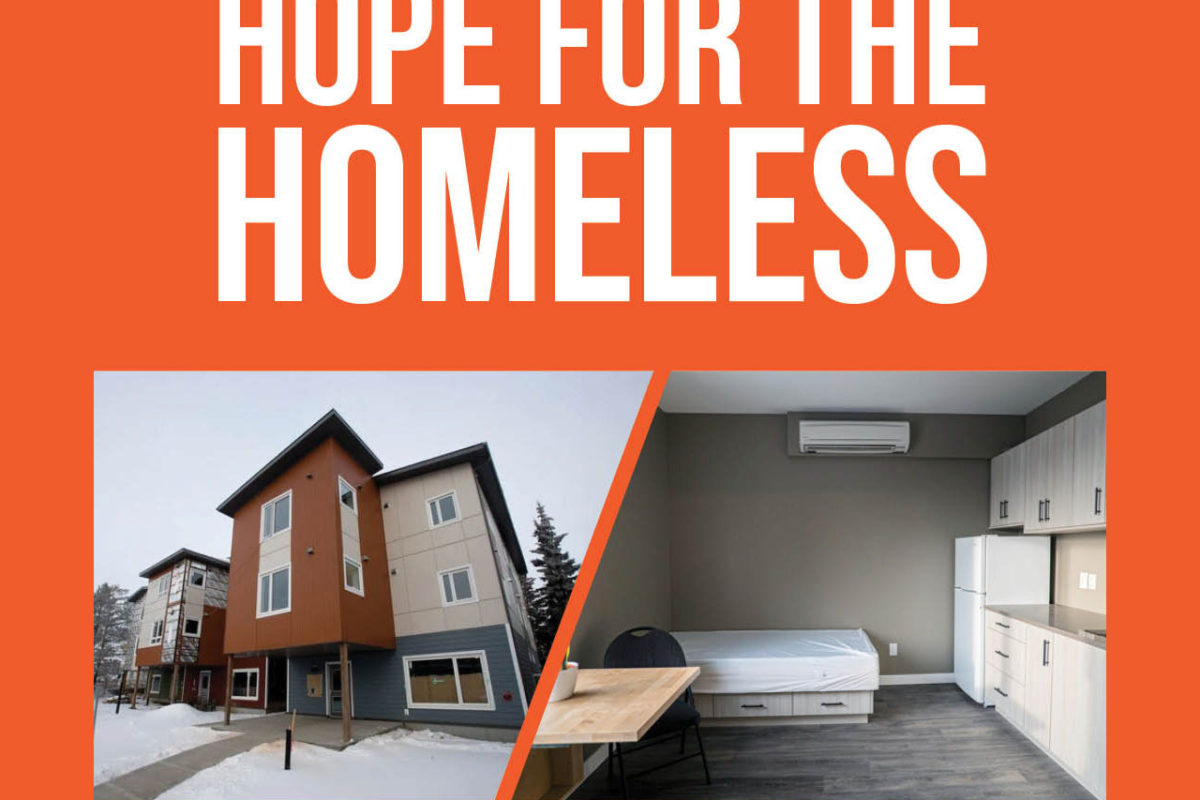Dr. David Sleet Co-Authors Report on Reducing Homelessness at Canadian Emergency Departments
A novel Canadian program (The Bridge Healing program) aims to break the cycle of homelessness and prevent unsustainable, repeated “social admits” of homeless individuals to emergency departments (EDs).
Dr. David Sleet, Bizzell Senior Associate, Injury Prevention, co-authored “Bridge Healing: A Pilot Project of a New Model to Prevent Repeat “Social Admit” Visits to the Emergency Department and Help Break the Cycle of Homelessness in Canada,” published in the International Journal of Environmental Research and Public Health. The article describes the program designed to provide healthcare services that act as transitional housing for homeless individuals who would not normally receive any other housing assistance.
Dr. Sleet stated that, “the project design facilitates reintegrating residents into the community, preventing poor health outcomes and unnecessary costs to the healthcare system. Multiple stakeholders have endorsed the model and grassroots community-level organizations have financially supported it.”
Significant successes included the establishment of relationships with government agencies to facilitate the acquisition of permanent housing. The study found that collaborating with income support services that cover basic needs allowed staff to focus on acquiring permanent housing, thus minimizing reliance on EDs.
“We hope that our research eases the burden on local emergency departments and increases the resources so desperately needed by individuals working to exit the cycle of homelessness and housing insecurity,” added Dr. Sleet.
About Bizzell
Bizzell is a strategy, consulting, and technology firm with a mission to improve lives and accelerate change. We develop innovative solutions to some of the most critical issues of our time such as health care services equity, global health, workforce innovation, and other urgent needs facing the world. Learn more about how we develop data-driven, research-informed, innovative solutions to complex, real-world challenges.
Learn more at www.BizzellUS.com.
About BHARC
The Behavioral Health Advancement Resource Center (BHARC) is an authoritative source for behavioral health information, insights, technical assistance, training, and innovative tools. BHARC is a mechanism to share evidence-based behavioral health interventions and best practices. The BHARC Advisory Council consists of experts in substance use, mental health, clinical trials, pharmaceuticals, and healthcare standards and quality. Learn more about the Behavioral Health Advancement Resource Center at BHARC.org.


